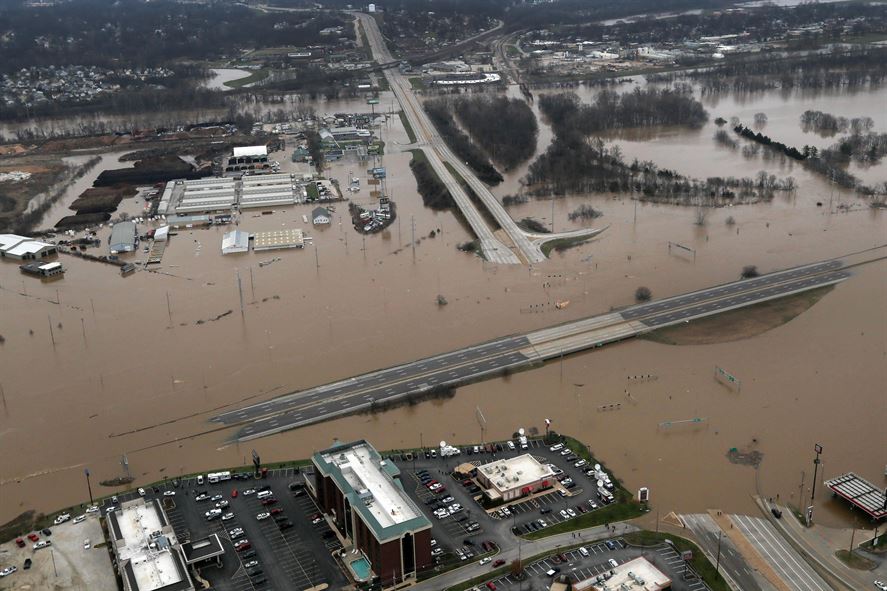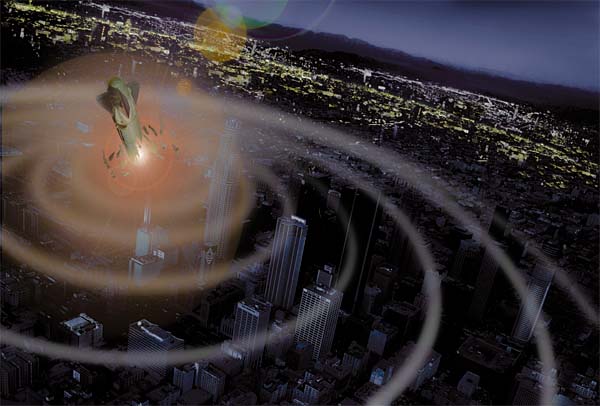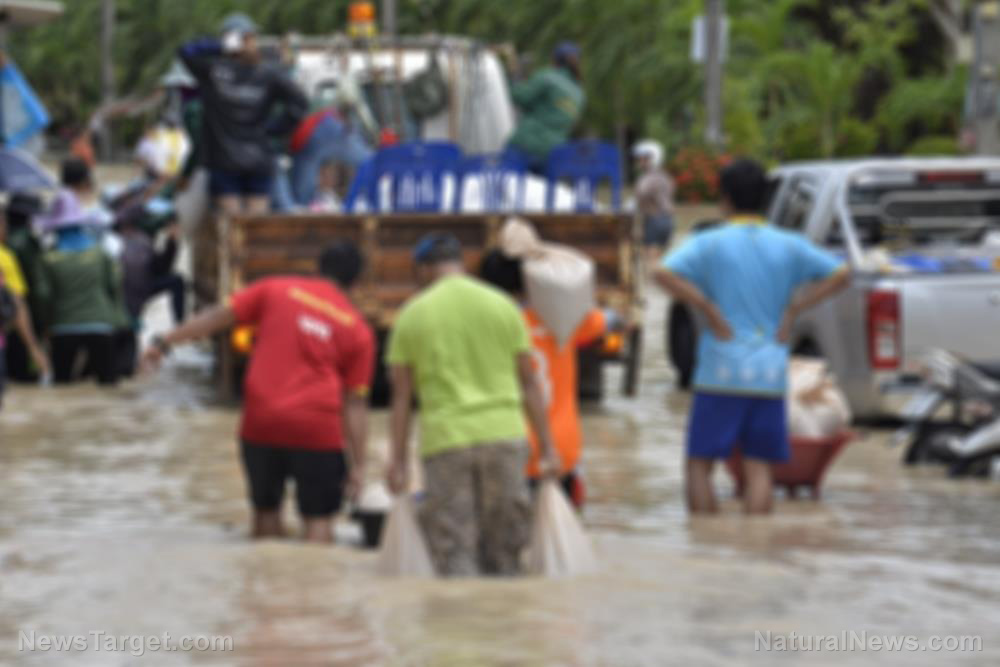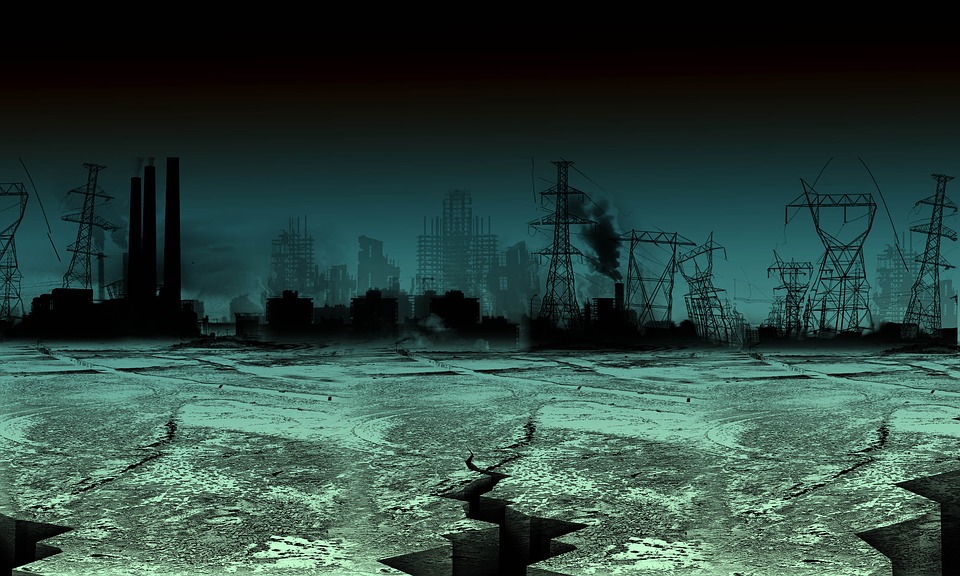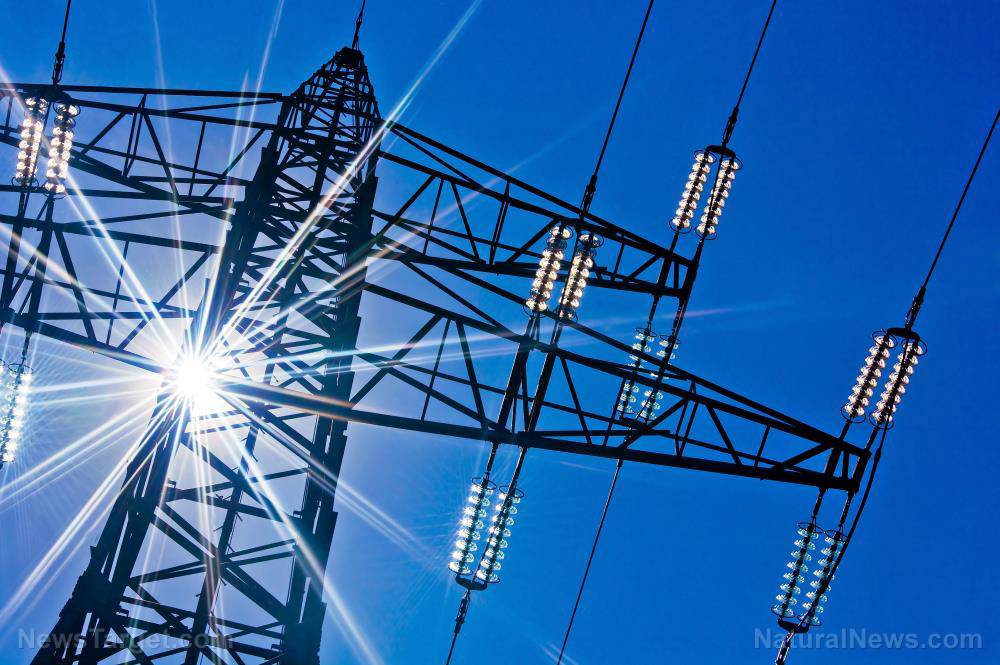These are the most high-risk infections and diseases you’ll need to survive in a SHTF breakdown
03/08/2018 / By Ethan Huff

In a worst-case scenario societal meltdown, would you be prepared for what potentially comes next? Besides just the loss of essential services like water and electricity, think about the rampant spread of disease that would likely ensue. Would you know how to protect yourself against virulent flu mutations, for instance, or communicable diseases spreading though toxic waste?
During a recent episode of Survivalist Prepper, Dale Goodwin and Todd from Prepper Website discuss some of the infections and diseases that are worth learning more about in the event of a major grid-down situation. They refer to this set of ailments as “SHTF Diseases,” as they represent the most likely “plagues” to hit society after a major collapse – and the ones you should be most concerned about avoiding.
Water-related communicable diseases
Should there ever be an electromagnetic pulse, or EMP, all electronic devices would be instantly fried. This includes the switchboards that operate things like water purification machines and pumps – meaning no more clean water, and no way to safely flush dirty water.
The result of this would be the rampant spread of infectious pathogens like cholera, E-coli, salmonella, cryptosporidium, and even various types of hepatitis such as A and E. While these are typically more suited to developing countries than industrialized ones like the United States, an EMP event would quickly reduce the U.S. to third world status.
Crowding diseases
In a grid-down event, we would quickly lose the comforts of space and freedom. When everything hits the fan, so to speak, populations would quickly be forced into tighter living quarters such as in sport stadiums, community centers, and emergency centers.
This is when so-called “crowding” diseases are likely to spread – diseases in which people living very close to one another jump from person to person at an exponential rate. Such diseases include things like the measles, meningitis, and various acute respiratory infections.
Vector-borne diseases
When natural disasters like large hurricanes, cyclones, and flooding strike, the risk of contracting vector-borne diseases, or those that are transmitted by insects and other bugs, rapidly increases. Such diseases include things like malaria, dengue fever, West Nile virus, and Zika.
Virulent influenza
This year’s flu season has reportedly been a real killer – and we aren’t even suffering through a meltdown. So just imagine what things would be like if we were. Your best bet is to take precautions and know how to prepare for the worst, including by bulking up your body with flu-destroying herbs and foods.
Urinary tract infections (UTIs)
Antibiotic-resistant bacteria is already on the rise and society still has most of the trappings of normalcy. If the supply chain of services and medicine was suddenly disrupted, you can be sure that virulent bacteria would spread quickly, including the type that love to burrow in the urinary tract and cause infection.
Drinking plenty of clean water is one of the easiest ways to avoid UTIs, but what would you do if clean water was suddenly unavailable? This is why it’s important to consider investing in gravity- and/or pump-fed water filtration systems that can convert non-potable water into clean water on the fly.
Skin infections
Believe it or not, your skin is your body’s largest organ, and it would be one of the first ones to suffer in a grid-down scenario. Skin infections are easily avoided when your immune system is healthy and when you’re not being routinely exposed to unsanitary elements. But if the power goes out and clean water becomes a scarcity, your skin will be much more vulnerable as a ripe target for disease.
To learn more about how to prepare for a worst-case scenario event, visit Preparedness.news.
Sources for this article include:
Tagged Under: disaster, emergency medicine, EMP, grid down, infectious diseases, preparedness, prevention, SHTF, survival





